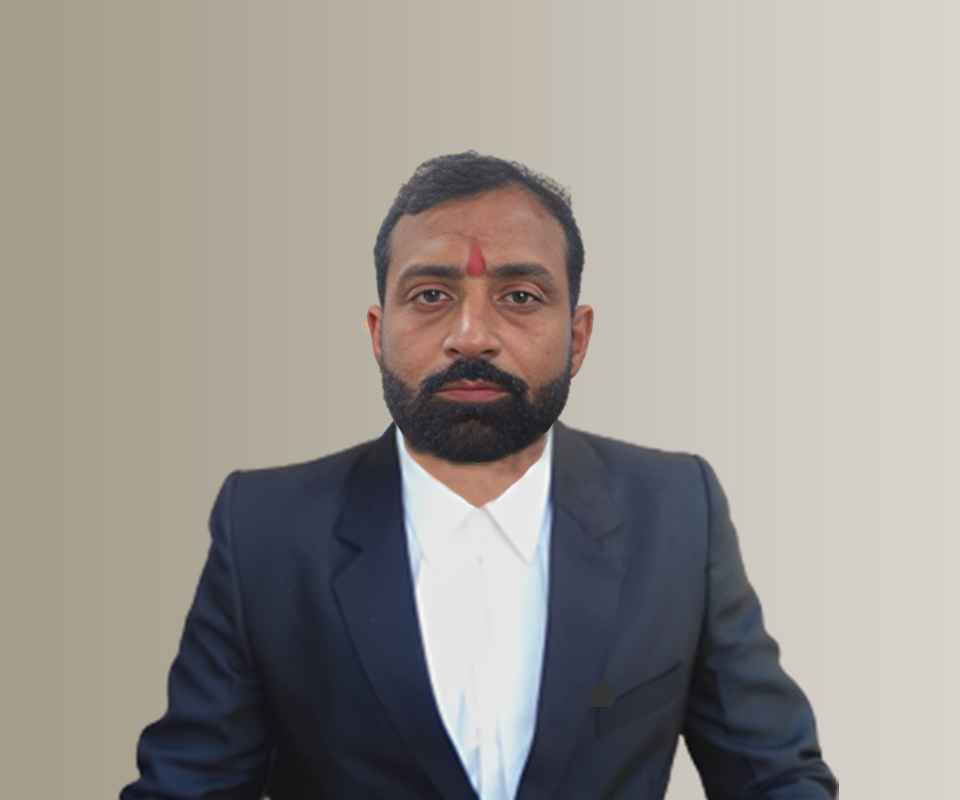Answer By law4u team
Covert surveillance includes secret monitoring of a person’s communications, location, or activities by government agencies. In extradition cases, this surveillance can be crucial for tracking fugitives, gathering evidence, or confirming the identity and whereabouts of the requested person. However, India’s legal framework strictly regulates such surveillance to prevent abuse and protect privacy rights.
Expanded Legal Framework Governing Covert Surveillance in India
Indian Telegraph Act, 1885
Sections 5(2) and 7 of the Indian Telegraph Act provide the legal basis for interception of communication on grounds of sovereignty, integrity, security of India, friendly relations with foreign states, public order, or preventing incitement to the commission of an offence.
Interception orders can only be issued by designated government authorities (e.g., Secretary to the Government of India in the Ministry of Home Affairs or state equivalents).
Surveillance without such lawful authorization is illegal and can lead to penalties.
Information Technology (IT) Act, 2000 and Rules, 2009
Section 69 of the IT Act empowers the government to intercept, monitor, or decrypt any information generated, transmitted, received, or stored in any computer resource for similar grounds as above.
The Information Technology (Procedure and Safeguards for Interception, Monitoring and Decryption of Information) Rules, 2009 lay down detailed procedures and safeguards to prevent misuse.
Judicial Oversight and Accountability
Although the initial sanction is executive, periodic review by oversight committees or judicial bodies may be mandated to ensure compliance with the law and protect rights.
Indian courts have stressed that surveillance must be proportionate, necessary, and lawful to avoid violating fundamental rights.
Right to Privacy Under Article 21
The Supreme Court of India in Justice K.S. Puttaswamy v. Union of India (2017) recognized privacy as a fundamental right under the right to life and liberty.
This landmark judgment imposes the requirement that any surveillance must satisfy the triple test of legality, necessity, and proportionality.
Unlawful or arbitrary surveillance would violate constitutional protections and may be struck down.
Application in Extradition Cases
Covert surveillance may be deployed during extradition investigations to:
- Confirm the identity of the suspect.
- Locate the person within India or track their movements.
- Gather evidence related to the alleged offence.
- Monitor communications that may reveal further criminal activity or attempts to evade arrest.
The intelligence gathered assists the Ministry of Home Affairs and the courts in deciding whether to grant extradition.
Limits and Safeguards
Surveillance is subject to time-bound orders, usually not exceeding a few months without renewal.
Data collected should be handled confidentially and only used for legitimate legal purposes.
If the information is obtained unlawfully, it can be challenged and excluded from evidence under Indian evidence laws.
Practical Considerations and Challenges
Coordination with Foreign Agencies
Often, surveillance is coordinated with foreign law enforcement or intelligence agencies, respecting diplomatic protocols and mutual legal assistance treaties (MLATs).
Technological Challenges
Increasing use of encrypted communications and anonymization technologies makes surveillance difficult, necessitating advanced technical capabilities and legal clarity.
Human Rights Concerns
International bodies such as the UN Human Rights Committee urge countries to ensure surveillance respects human rights, avoid mass surveillance, and provide remedies for violations.
Example
Suppose India receives an extradition request for a suspect involved in financial fraud. Law enforcement agencies seek and obtain authorization under the Indian Telegraph Act to intercept the suspect’s electronic communications. The intelligence reveals evidence confirming identity and helps locate the individual for arrest. The surveillance is conducted under strict adherence to legal protocols and oversight.
Conclusion
India can lawfully use covert surveillance in extradition investigations, provided all legal requirements under the Indian Telegraph Act, IT Act, and constitutional principles are met. Surveillance must be authorized, necessary, proportionate, and subject to oversight, balancing the state’s interest in law enforcement with the fundamental right to privacy.







